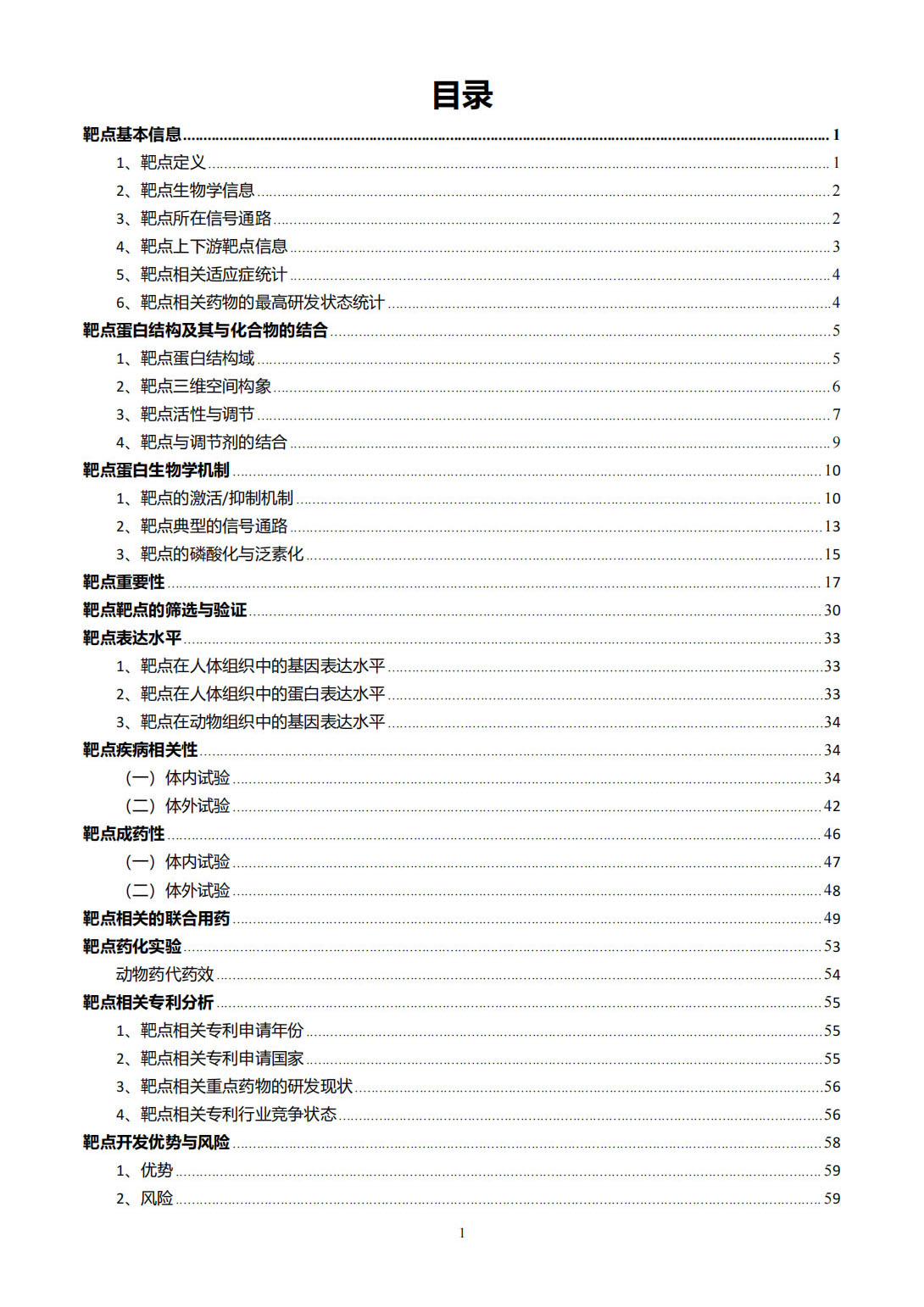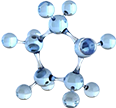HMGB1 Target Analysis Report Summary


About the Target
HMGB1 is a protein that plays diverse roles depending on its subcellular location. In the cytosol, HMGB1 interacts with Beclin-1 to induce autophagy and inhibit apoptosis. In the nucleus, it regulates the expression of heat shock protein beta-1 (HSPB1), which is involved in intracellular trafficking during autophagy and the attenuation of the apoptotic response. Extracellularly, HMGB1 interacts with surface receptors such as TLR2/4, TREM1, and RAGE, leading to inflammatory responses and the upregulation of cytokines [3] [5]. Specifically, when HMGB1 binds TLR4, it activates macrophage/monocyte cytokine release through the NF-kappaB pathway. Interaction with RAGE modulates endothelial and tumor cell function, involving pathways mediated by Cdc42 and Rac [4]. Moreover, HMGB1 contributes to cellular radioresistance by promoting the acetylation of histones H3 and activating DNA damage response [2]. In summary, HMGB1 has complex roles in apoptosis, autophagy, inflammation, and DNA damage response, depending on its cellular location and interacting partners [5] [3] [4] [2].
Based on the provided context information, HMGB1 plays a significant role in the response to Salmonella infection and selenite treatment under different conditions.
Salmonella Infection:
- Salmonella internalization triggers the ER-stress response and activates the IRE1 branch, leading to the JNK MAPK pathway activation [2].
- Activation of the JNK pathway results in downregulation of the transcription factor E2F1 in both infected cells and bystander cells [3] [10].
- Downregulation of E2F1 leads to a decrease in the expression of numerous miRNAs [4] [11].
- The decreased expression of miRNAs enhances Salmonella intracellular replication and promotes bacterial binding, internalization, and replication in bystander cells [5] [12].
- HMGB1 is secreted into the extracellular milieu upon Salmonella infection, along with other proteins related to the ER-stress response [6].
- Secreted HMGB1 binds to the RAGE receptor on the surface of bystander cells, triggering an IRE1-mediated ER-stress response [7].
- Activation of the ER-stress response in bystander cells further activates the JNK pathway, leading to downregulation of E2F1 [8] [9].
Selenite Treatment:
- Selenite metabolism under hypoxic conditions produces H2Se, which gradually accumulates and induces reductive stress [7].
- H2Se causes the reduction of HMGB1 protein, which is secreted and promotes cell autophagy by inhibiting the Akt/mTOR axis [7].
- Autophagy plays a dual role, with mild autophagy inhibiting apoptosis and excessive autophagy leading to autophagy-associated cell death [7].
- Under hypoxic conditions, H2Se can also react rapidly with O2, forming reactive oxygen species (ROS) and leading to caspase-dependent apoptosis via oxidative stress [7].
- ROS can oxidize the HMGB1 protein, which is secreted and promotes cell apoptosis [7].
Overall, HMGB1 plays a role in the activation of the ER-stress response, regulation of transcription factor E2F1, modulation of miRNA expression, and promotion of Salmonella infection or cell autophagy/apoptosis depending on the context [6] [7].
Figure [1]

Figure [2]

Figure [3]

Figure [4]

Figure [5]

Figure [6]

Figure [7]

Note: If you are interested in the full version of this target analysis report, or if you'd like to learn how our AI-powered BDE-Chem can design therapeutic molecules to interact with the HMGB1 target at a cost 90% lower than traditional approaches, please feel free to contact us at BD@silexon.ai.
More Common Targets
ABCB1 | ABCG2 | ACE2 | AHR | AKT1 | ALK | AR | ATM | BAX | BCL2 | BCL2L1 | BECN1 | BRAF | BRCA1 | CAMP | CASP3 | CASP9 | CCL5 | CCND1 | CD274 | CD4 | CD8A | CDH1 | CDKN1A | CDKN2A | CREB1 | CXCL8 | CXCR4 | DNMT1 | EGF | EGFR | EP300 | ERBB2 | EREG | ESR1 | EZH2 | FN1 | FOXO3 | HDAC9 | HGF | HMGB1 | HSP90AA1 | HSPA4 | HSPA5 | IDO1 | IFNA1 | IGF1 | IGF1R | IL17A | IL6 | INS | JUN | KRAS | MAPK1 | MAPK14 | MAPK3 | MAPK8 | MAPT | MCL1 | MDM2 | MET | MMP9 | MTOR | MYC | NFE2L2 | NLRP3 | NOTCH1 | PARP1 | PCNA | PDCD1 | PLK1 | PRKAA1 | PRKAA2 | PTEN | PTGS2 | PTK2 | RELA | SIRT1 | SLTM | SMAD4 | SOD1 | SQSTM1 | SRC | STAT1 | STAT3 | STAT5A | TAK1 | TERT | TLR4 | TNF | TP53 | TXN | VEGFA | YAP1

